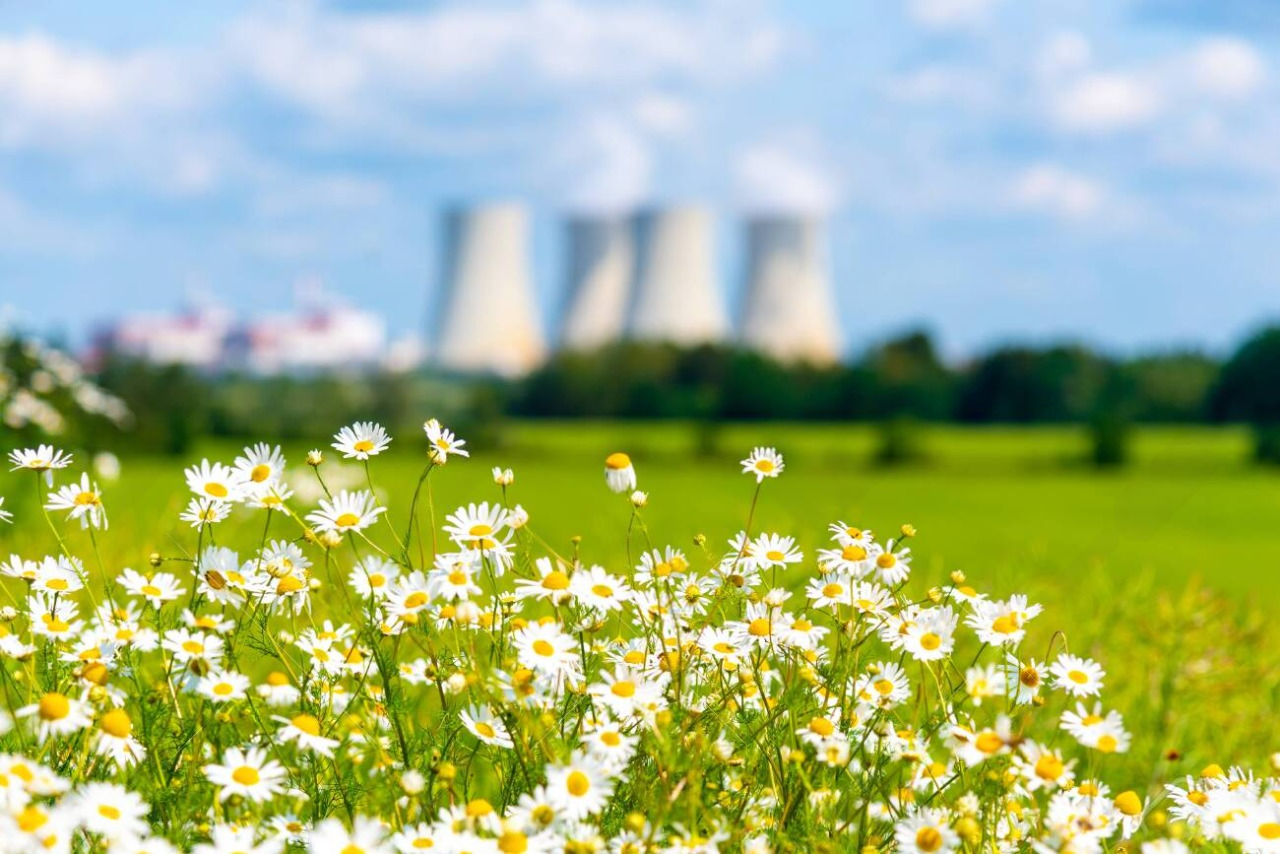
Adibah Amira Nazarudin
Senior Research Associate
Adibah is a Senior Research Associate at PNBRI. She graduated from the International Islamic University Malaysia (IIUM) with a Bachelor of Economics degree. She began her career at PNB as an investment analyst, then transitioned into a research role. Her interests are in frontier technologies and mental health and well-being. She wishes for a healthy and kind Malaysia.
[email protected]Abstract
Over the coming years, it is expected that there will be a substantial increase in energy demand due to the expansion of the world’s population and economy, coupled with rapid urbanisation. The technology of nuclear power is an important option for the world to meet future energy needs without emitting carbon dioxide and other atmospheric pollutants. However, the use of nuclear as a source of electricity is still a topic of debate among the world’s countries as it involves safety risks, environmental impacts, location suitability, disposal methods and maintenance cost.
This informative piece by the author highlights the basics of nuclear energy and clarifies its use in the generation of electricity and associated risks. It also discusses the development of nuclear technology and its applications, together with issues with commercialisation including costs and the negative perception against the use of nuclear power. Going forward, nuclear technology holds a major potential to accelerate the global goal towards a carbon-negative world.
Introduction: To appreciate is to understand
When the idea of writing about nuclear was first raised within the team, it faced scepticism by the team head. She can hardly be blamed – even though her only ever reference point was the highly-rated HBO series “Chernobyl”, the sheer bad press that has always been surrounding nuclear takes a mental shift to overcome, even though nuclear energy had been powering 2% of America’s and 5% of China’s populations on average.
The opportunities for nuclear energy to be the main solution for climate change are rather vast, ranging from its more well-known applications in providing green electricity, to its lesser-known usage in climate assessment such as using radioisotopes for environmental tracing. The ability to trace and provide accurate measurements of any elements through any systems on earth, such as greenhouse gases (GHG) levels in the sea, glacier, or any earth deposits across time,provides a huge advantage for better risk planning as the global trend shifts from net zero to decarbonisation. On the green energy front, nuclear energy is highly regarded as the most efficient, zero CO2-emitting energy source.
However, its most overlooked advantage by far has got to be the opportunity to reprocess nuclear waste for wider use. For example, it can be used to extend the life of available uranium to be further used to generate electricity.
Several European countries, Russia, China, and Japan already even have policies to reprocess used nuclear fuel. However, despite all the real prospects of nuclear technology, it remains as a “non-option” for Malaysia, based on virtually no policy discussions that are close to implementation on it until today. To further understand this, this short write-up intends to demystify the use of nuclear in electricity generation and its risks. Nuclear technology developments and its uses will also be discussed, alongside commercialisation challenges such as costs and the stigma against the use of nuclear.
What is nuclear energy, really?
This portion of the article is heavily sourced from World Nuclear Association
Nuclear energy is simply the innate energy in the nucleus (the core of an atom) that holds the nucleus together. To create electricity, that innate energy must be released from its atom through the process called nuclear fission, or the splitting of an atom through firing a particle (a neutron) at the atom. The fissioning (splitting) of atoms produces massive energy in the form of heat which is then used to generate steam and drive turbines to generate electricity. The typical, most used nuclear fuel, or the atoms to be split, is Uranium, which is now more commonly mined through a method called in-situ leaching. The mined uranium solution then is separated, filtered, and dried to form uranium oxide concentrate called yellowcake, and is further enriched to increase the uranium-235 isotope from 0.7% (typical level found in natural uranium) to 3% - 5% level so it can be used in most nuclear reactors. Enriched uranium is then converted into uranium dioxide powder in a fuel fabrication plant, and pressed into fuel pellets, inserted into fuel rods, and further grouped together to form a fuel assembly. Each fuel assembly contains 90 to over 200 fuel rods, depending on the type of reactor, and assembled to stay in the reactors for several years. Alternative nuclear fuels, such as plutonium and thorium can also be used.
Nuclear energy is deemed as the most sustainable green electricity option for three reasons: it has massive generating capacity, emits absolutely no greenhouse gases, and produces minimal waste.
Firstly, nuclear has massive generation capacity. For context of what “massive” hear means, the European Nuclear Society (ENS) estimates that 1kilograms of coal can produce c.8kWh, 1kilograms of mineral oil produces c.12kWh, and 1kilograms of Uranium-235 produces c.24,000,000kWh, which is enough to power one-fifth of Malaysian establishments in a day.
Secondly, it emits zero carbon. In contrast to the massive energy it produces, the CO2 emission created by nuclear energy in one life cycle is only 12 grams per kWh generated and around 15 to 50 grams of CO2 per kilowatt hour (gCO2/KWh). In comparison, the average footprint of a gas-powered generator is 30 times more at around 450 gCO2/KWh and for coal it is around 70 times more at around 1,050 gCO2/KWh. Note that said emission value comes from the planning, mining, construction, and operating stages, and not from the nuclear fission reaction itself. Additionally, due to the dense fuel size – each pellet is roughly an inch in size – the amount of nuclear waste (used fuel) produced is much lower.
Thirdly, notwithstanding these indicators of efficiency, nuclear fuel waste is also actually “recyclable”.Waste nuclear material can be reprocessed for further use in reactors that can be fuelled by processed uranium by way of extracting elements that can still generate electricity.
